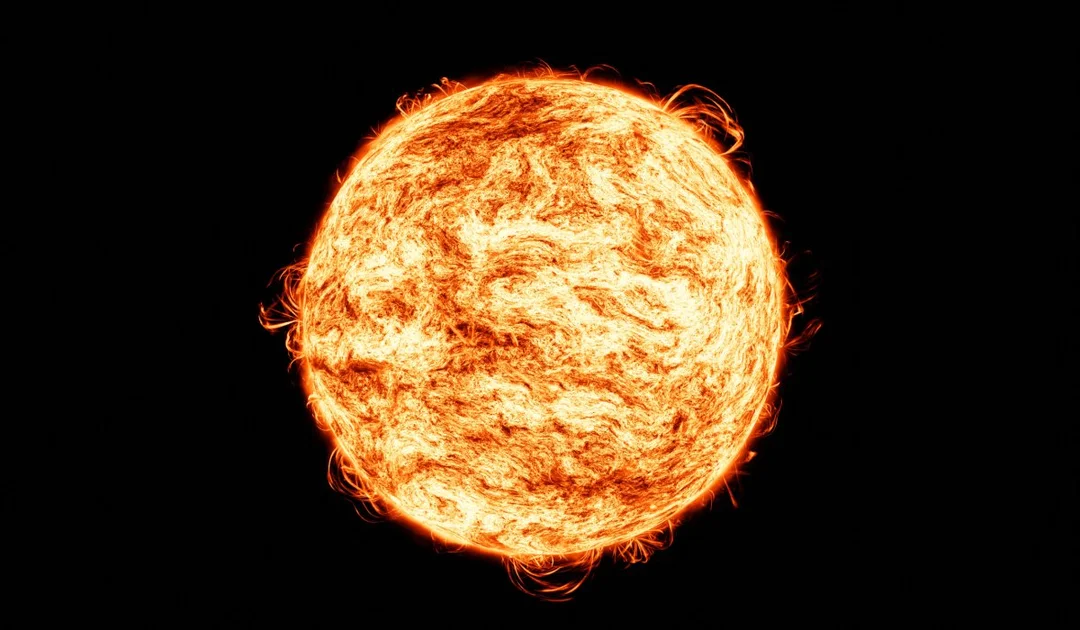
Scientists Discover Ancient Solar Storm 500 Times Stronger Than Modern Events – A Wake-Up Call for Tech Infrastructure?
A newly discovered ancient solar storm has scientists sounding the alarm about the potential dangers to our modern technological infrastructure. Researchers have found evidence of a massive solar particle storm that occurred during the last Ice Age, approximately 12,350 BC, and it was a staggering 500 times stronger than any solar event observed in modern times. This discovery, detailed in a recent paper published in Earth and Planetary Science Letters, highlights the need to understand the potential for extreme solar events and their impact on satellites, power grids, and communication systems.
The study, led by Kseniia Golubenko, a postdoctoral researcher at the University of Oulu, Finland, examined tree rings in the French Alps to uncover evidence of an extreme spike in radiocarbon dating back to 12,350 B.C. This spike wasn't just a regular solar storm; it was a solar particle storm, characterized by a burst of highly energetic protons that caused a solar radiation storm around Earth.
"This event establishes a new worst-case scenario," Golubenko said, emphasizing the importance of understanding the scale of these ancient events. "Understanding its scale is critical for evaluating the risks posed by future solar storms to modern infrastructure like satellites, power grids, and communication systems."

The research team utilized a chemistry-climate model (SOCOL:14C-Ex), designed to reconstruct ancient solar particle storms and verified using tree rings, to calculate the intensity of the 12,350 B.C. event. Their findings revealed that it was about 18% stronger than the strongest solar storm previously recorded in tree-ring archives, which occurred in 775 A.D. In comparison to the largest event of the modern satellite era in 2005, the ancient event was over 500 times more intense.
These so-called "Miyake events", named after the Japanese researcher who identified them, provide valuable insights into past solar activity. Ilya Usoskin, a co-author of the paper and a professor at the University of Oulu, stated that "Miyake events allow us to pin down exact calendar years in floating archaeological chronologies." He notes how radiocarbon signals from these events have helped historians accurately date Viking settlements in Newfoundland and Neolithic communities in Greece.
While recent aurora displays from solar flares grabbed headlines, including the aurora of May 10-11, 2024, which NASA called the most intense since 2003, these events pale in comparison to the solar storm from 12,350 BC. The Carrington event of 1859, though powerful, was not accompanied by a solar particle storm, further emphasizing the unique nature of the ancient event.

The discovery raises critical questions about how we can prepare for future extreme solar events. Understanding the scale and impact of these ancient storms is vital for protecting our modern technology, from satellites orbiting Earth to the power grids that keep our societies running. This research serves as a stark reminder of the power of the Sun and the potential for extreme solar activity to disrupt our lives.
What steps should governments and technological organizations be taking to mitigate the risks posed by future solar storms? Share your thoughts and concerns in the comments below.